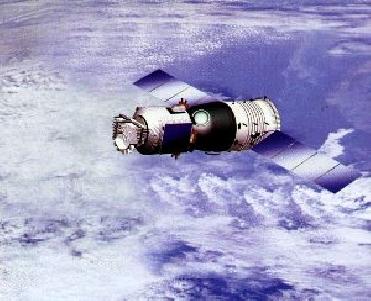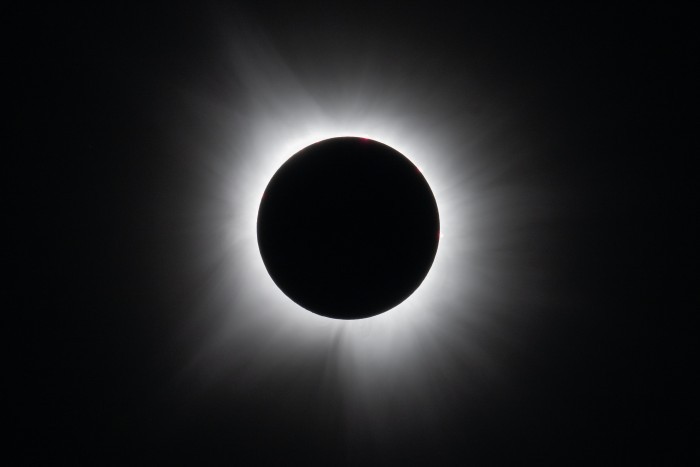
On the left, Saturn's moon Enceladus is backlit by the sun, showing the fountain-like sources of the fine spray of material that towers over the south polar region. On the right, is a composite image of Titan. Photos: NASA/JPL/Space Science Institute/University of Arizona.
WASHINGTON (BNS): NASA's Cassini spacecraft will be turning another double flyby this week, visiting the geyser moon Enceladus and the hazy moon Titan.
Cassini will make its closest approach to Enceladus late at night on May 17 Pacific time, which is in the early hours of May 18 UTC. The spacecraft will pass within about 435 kilometers (270 miles) of the moon's surface, as announced by the Jet Propulsion Laboratory (JPL).
Taking advantage of the alignment of the moons, Cassini will be able to catch glimpses of these two contrasting worlds within less than 48 hours, with no manoeuvre in between.
According to a news report by the JPL, the main scientific goal at Enceladus will be to watch the sun play peek-a-boo behind the water-rich plume emanating from the moon's south polar region. Scientists using the ultraviolet imaging spectrograph will be able to use the flickering light to measure whether there is molecular nitrogen in the plume. Ammonia has already been detected in the plume and scientists know that heat can decompose ammonia into nitrogen molecules. Determining the amount of molecular nitrogen in the plume will give scientists clues about thermal processing in the moon's interior.
The second of Cassini's two flybys is an encounter with Titan. The closest approach will take place in the late evening May 19 Pacific time, which is in the early hours of May 20 UTC (Coordinated Universal Time). The spacecraft will fly to within 1,400 kilometers (750 miles) of the surface.
Cassini will primarily be doing radio science during this pass to detect the subtle variations in the gravitational tug on the spacecraft by Titan, which is 25 percent larger in volume than the planet Mercury. Analysing the data will help scientists learn whether Titan has a liquid ocean under its surface and get a better picture of its internal structure. The composite infrared spectrometer will also get its southernmost pass for thermal data to fill out its temperature map of the smoggy moon.
Cassini has made four previous double flybys and one more is planned in the years ahead.
 Previous Article
Previous Article Next Article
Next Article













The Indian Air Force, in its flight trials evaluation report submitted before the Defence Ministry l..
view articleAn insight into the Medium Multi-Role Combat Aircraft competition...
view articleSky enthusiasts can now spot the International Space Station (ISS) commanded by Indian-American astr..
view article